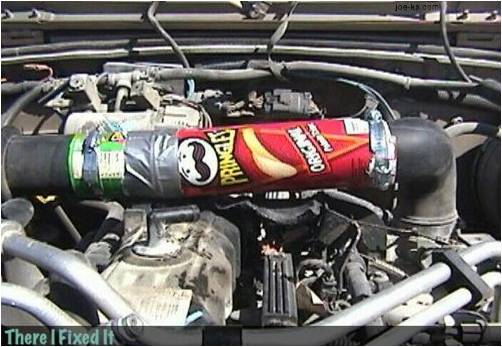Mary Bara, GM’s CEO, recently attended her 25th reunion at Stanford’s Graduate School of Business. In a very insightful article and interview for LinkedIn, she openly discusses GM’s strategy and plans for connected cars, autonomous vehicles and electric cars. Here is what I think Ms. Bara got right, and where, I believe, GM has not quite caught up with the current trends in the consumer market.
Autonomous Vehicles
Ms. Bara believes “the transformations in the coming decade must be bold and focused”, but emphasizes that any success of autonomous vehicles pivots not only on advanced technology, much of which is already available in GM cars, but also on recognizing the critical role of infrastructure, technology and business ecosystem, and, of course, consumer acceptance.
GM “can put autonomous car out now, but the streets of New York are a great example [of challenges]: the jogger, the dog, the baby carriage” (see Driverless Cars Roadblocks.) Ms. Bara points out that broad market adoption depends on understanding and resolving difficult questions concerning drivers (and OEMs) responsibility: “[it’s a] huge responsibility whether you are steering or not.”
Ms. Bara intends to drive GM to lead rather than follow in developing autonomous car technologies, but, in contrast to “disruptive” companies like Google, she underscores the importance of continuous learning and step-wise improvement, and making steady progress while “pulling people along.”
Electric Vehicles
GM’s goal is to build “electric vehicles for everyone, not just the elite.” GM hopes the Chevrolet Bolt EV, which is supposed to be able to travel 200 miles on a single charge for a price tag of about $30,000, will help change consumers’ attitude towards EVs. Recently, GM announced new pricing of the 2016 Volt: $34,000 for the base LT model.
My take
Ms. Bara has a very sober view of the consumer market and will not predict when EVs might outnumber IC-propelled cars: “customers are very rational.” This is likely to prove a more pragmatic and successful approach to the EV market than some of her predecessors who seemed to rely on luxury models such as the Cadillac ELR plug-in hybrid to compete head to head against Tesla (since its introduction in 2013, ELR sales have yet to reach 1,500 units.) Instead, GM should leverage its strengths in global manufacturing and supply chain to build and service cost-effective mainstream products in multiple markets.
GM, like other major OEMs, is targeting the mainstream population, where, as many point out repeatedly, high vehicle cost and range anxiety keep most customers away from electric vehicles. Consumer trepidation concerning the viability and safety of driverless cars and autonomous driving is going to prove an even greater hurdle.
Industry should invest more in launching vehicles that operate in a defined—and therefore easier and safer to operate—spaces, such as a large company campus, airport inter-terminal and rental car transfer, or limited range delivery service. These will serve to improve autonomous driving technologies, lower the cost of electric powertrain components, and boost the trust and acceptance of wavering consumers.
Connected Cars
Connected cars services is one area GM doesn’t seem to be aligned with the consumer market, perhaps because of OnStar’s long presence (twenty years!) in the space. When discussing plans for next generation connected cars, Ms. Bara talks about wireless connectivity, 4GL and LTE standards, and smartphone integration. And while she emphasizes “putting the customer at the center of everything we do”, the OnStar model puts the vehicle’s identification number (VIN) in the center of the connected car universe, as do most other OEMs telematic and connected services products.
My Take
One of the fundamental principles of connected car services is the need to maintain a persistent mobile digital identity. Consumers living the always-connected lifestyle expect continuous access to personalized information and services from service and content providers of their choice, accessed and managed from their smartphones, and not restricted by the VIN of the vehicle they happen to be driving. Moreover, consumers do not want to pay the carmaker for services and data they already purchased and access using their smartphone, services that are of higher quality, faster and cheaper than those offered by the OEM.
GM should rethink the outdated OnStar model and place the consumers—drivers and passengers—in the center. This transition should be accompanied by the development of an active ecosystem of services and content providers.
Finally, it’s refreshing to see the growing recognition by Detroit automakers of the value of outside innovation, whether from OEM R&D centers in Silicon Valley or elsewhere (GM operates multiple research centers in the U.S. and around the world.) Presently, these centers seem to focus on core technologies, but can also serve as thinking tanks to improve the culture of customer centricity Ms. Bara wants to inspire at GM.


